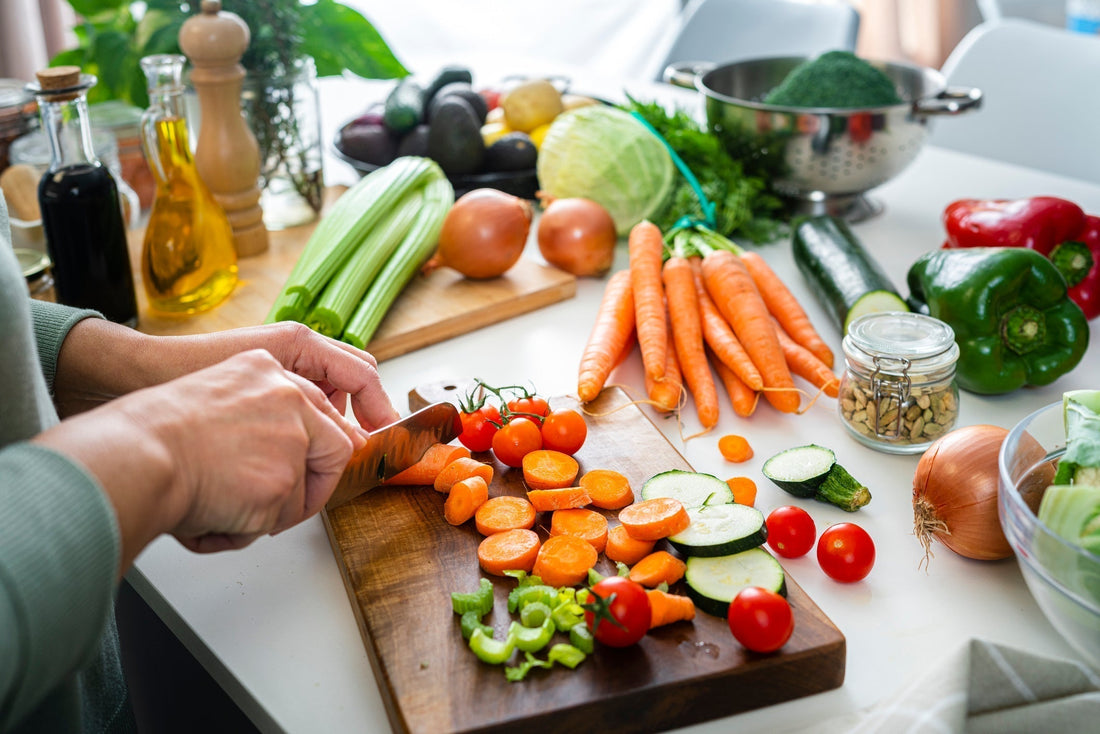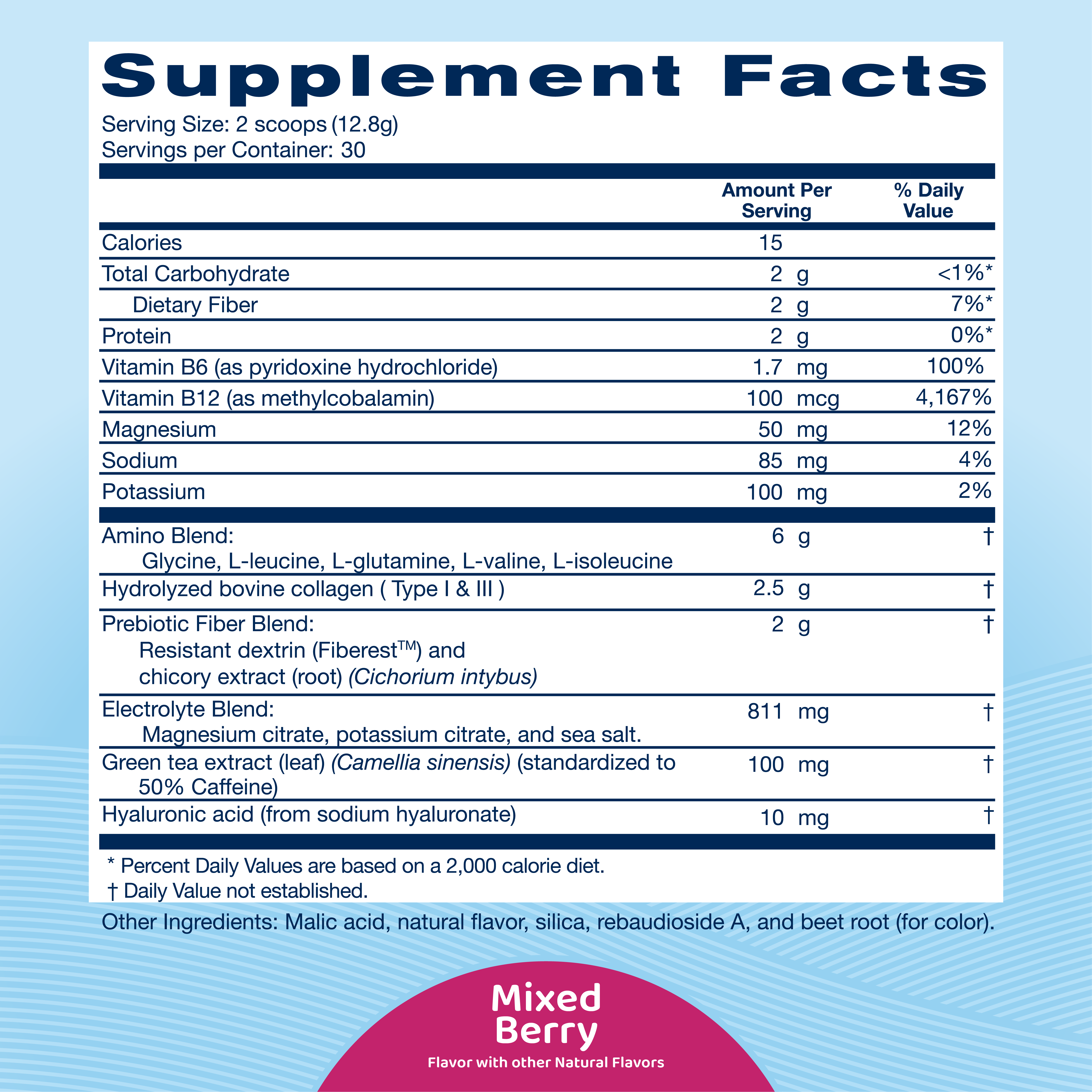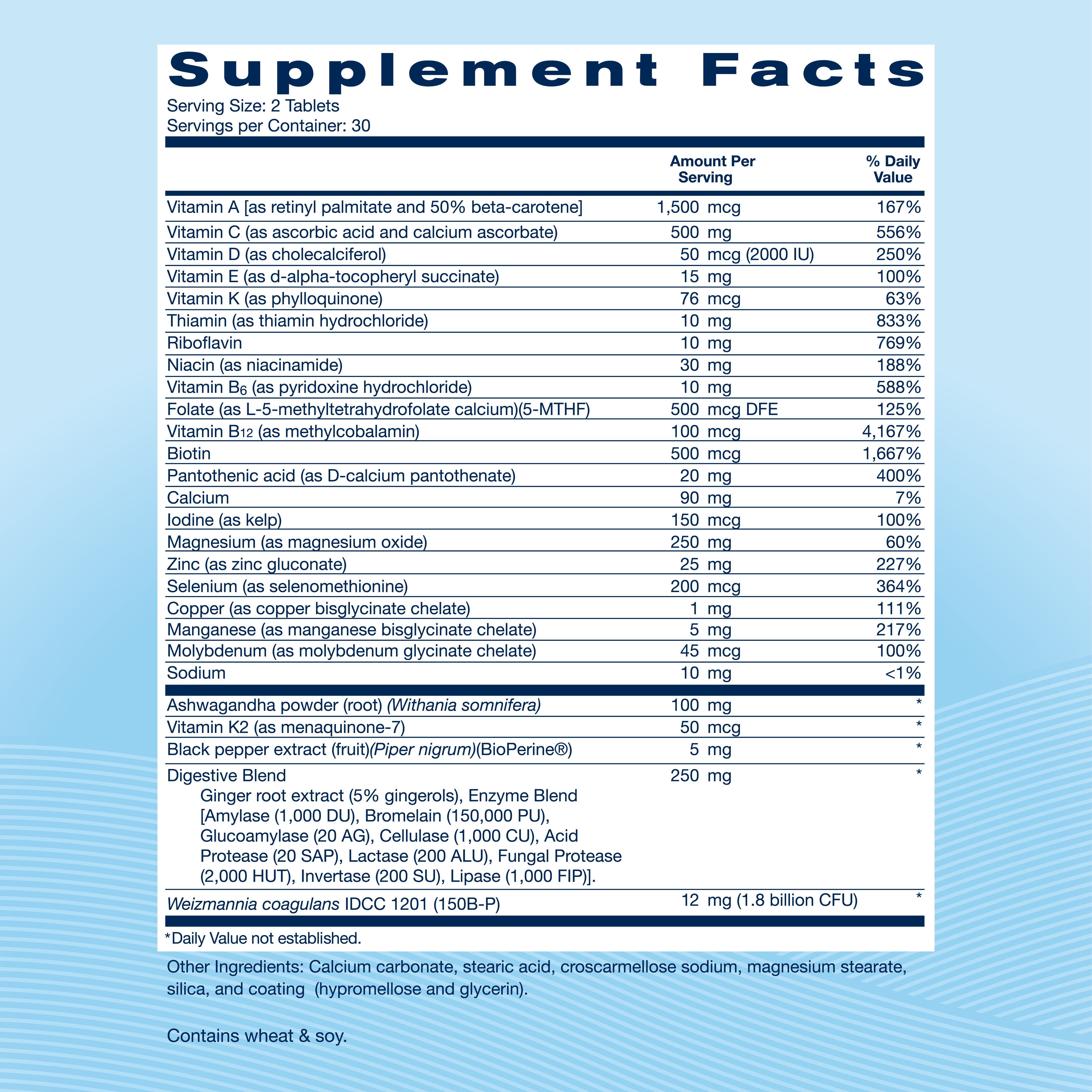
Three Nutrition Tips for Your GLP-1 Journey
Share
GLP-1 medications are a powerful tool for managing type 2 diabetes and achieving weight loss goals. Most people find that for optional results with fewer side effects, they need to understand proper nutrition choices while taking GLP-1s. The good news - these new lifestyle and diet changes can maintain health benefits beyond the medication!
How GLP-1s Work
GLP-1s work by suppressing appetite and increasing satiety by mimicking the actions of a hormone secreted by the gastrointestinal tract to stimulate insulin secretion. This delays the emptying of the stomach's contents and reduces hunger, leading to steady and sometimes rapid weight loss for many people, especially in the early stages. Lifestyle and dietary changes made while using a GLP-1s can be a powerful part of a long-term wellness journey.
No foods are completely off-limits, but making smart dietary choices can improve your results and reduce side effects. We’ve put together a few helpful tips:
Tip #1: Prioritize Protein!
Many clinical trials have tracked GLP-1s and weight loss; results show that typically users lost an average of 5-10% of their lean body mass over 68 weeks. While this is good news for many looking for weight loss for health benefits, if done without proper nutrition, this weight loss can lead to a decrease in muscle mass, affecting bone density, strength, and overall function.
Rapid weight loss often results in more significant muscle mass loss. However, you can prevent it! One way is to prioritize proper protein consumption while taking GLP-1s for muscle preservation. Protein contains the essential amino acids our body needs to build and maintain muscle. Combining exercise with adequate protein can reduce muscle breakdown.
For most, shooting for at least 60 grams of protein daily will help preserve muscle mass, especially during weight loss. Still, that target number varies based on metabolism, body composition, hormone levels, and lifestyle. Keeping a food journal and tracking your intake is helpful to ensure you are getting enough. Keep these great sources of lean protein on hand during your GLP-1 journey:
- Lean protein: chicken, turkey, fish
- Vegetarian options: beans, lentils, tofu, tempeh, and edamame
- Low-fat dairy: cottage cheese and Greek yogurt
- Eggs and egg whites
Tip #2: Be Mindful of Your Nutrient Intake
People taking GLP-1s tend to eat less, which presents a new challenge: ensuring your body still gets all the essential nutrients it needs to stay healthy and strong. Overall health is heavily impacted when the body doesn’t get key vitamins, minerals, or proteins. Everyday effects include fatigue and brain fog; over time, nutrient deficiency can lead to chronic diseases and serious health issues.
This is because vitamins and nutrients play vital roles in our bodily functions. For example, magnesium helps keep nerves and muscles healthy, and Vitamin D is essential for maintaining bone health, muscle function, and overall well-being. Vitamin A is critical for eye and skin health, and Vitamin K builds strong bones and is involved in blood clotting.
Eating lean proteins, whole fruits, and vegetables—especially a variety of colorful, nutrient-dense options—is one of the best ways to fuel the body daily. However, when GLP-1s reduce appetite and portion sizes, getting all the nutrients needed through food alone becomes harder. That’s where a daily supplement like Replenza can help. Think of it as nutritional insurance: a daily supplement you can take to help fill the gaps. Replenza delivers 22 essential vitamins, minerals, probiotics, B Complex for cellular energy, and ashwagandha to manage stress. Formulated differently than the traditional multi-vitamin, Replenza provides support specifically for those on GLP-1s.
Tip #3: Limit Sugar, Alcohol, and Caffeine
Empty calories that don’t fortify your body should be few and far between. Here’s why:
- Sugar: Sugar, in particular, breaks down very quickly in the body and causes blood glucose to spike. Skip the sweets and say no to simple carbs; instead, go for complex carbohydrates like whole grains, which offer a slower, smoother rise in glucose.
- Alcohol: While there is no drug-alcohol interaction between alcohol and GLP-1 use, mixing them can affect the body in numerous ways. Alcohol increases stomach acid production, heightening stomach upset that is already a dominant side effect of taking GLP-1s. More significant issues may include alcohol affecting blood sugar levels, leading them to be dangerously low. Alcohol and GLP-1s are both processed by the liver, and the two together put extra strain on liver function. What is your best bet? Low alcohol consumption - mix up a yummy non-alcoholic spritzer instead!
- Caffeine: You don’t have to put down your beloved morning cup of Joe just yet. But be aware that often caffeine can exacerbate the unwanted side effects that can come with GLP-1 use. Caffeine can add to the gastrointestinal upset that some users already experience. It can also slightly affect heart rate and blood pressure - which can also be a side effect of GLP-1 use. And staying hydrated while taking a GLP-1 is very important, so be aware of caffeine's dehydrating qualities and keep an eye on your intake.
GLP-1s can tremendously impact your overall health, so make sure you aid your body through the process with positive lifestyle choices. Replenza has your back to ensure you get the micronutrients you need to look and feel your best!


